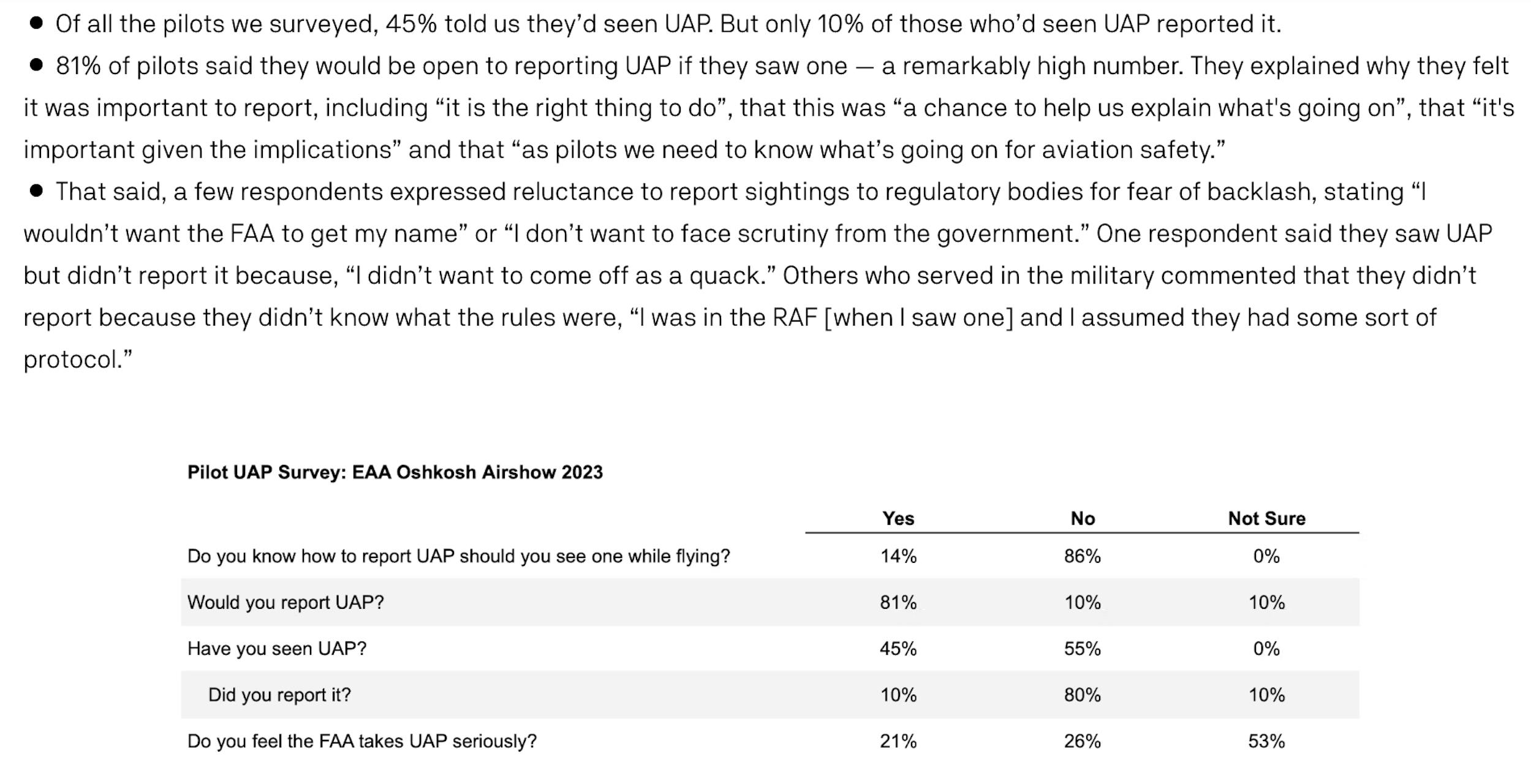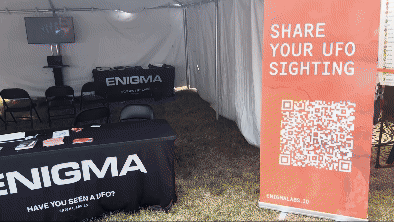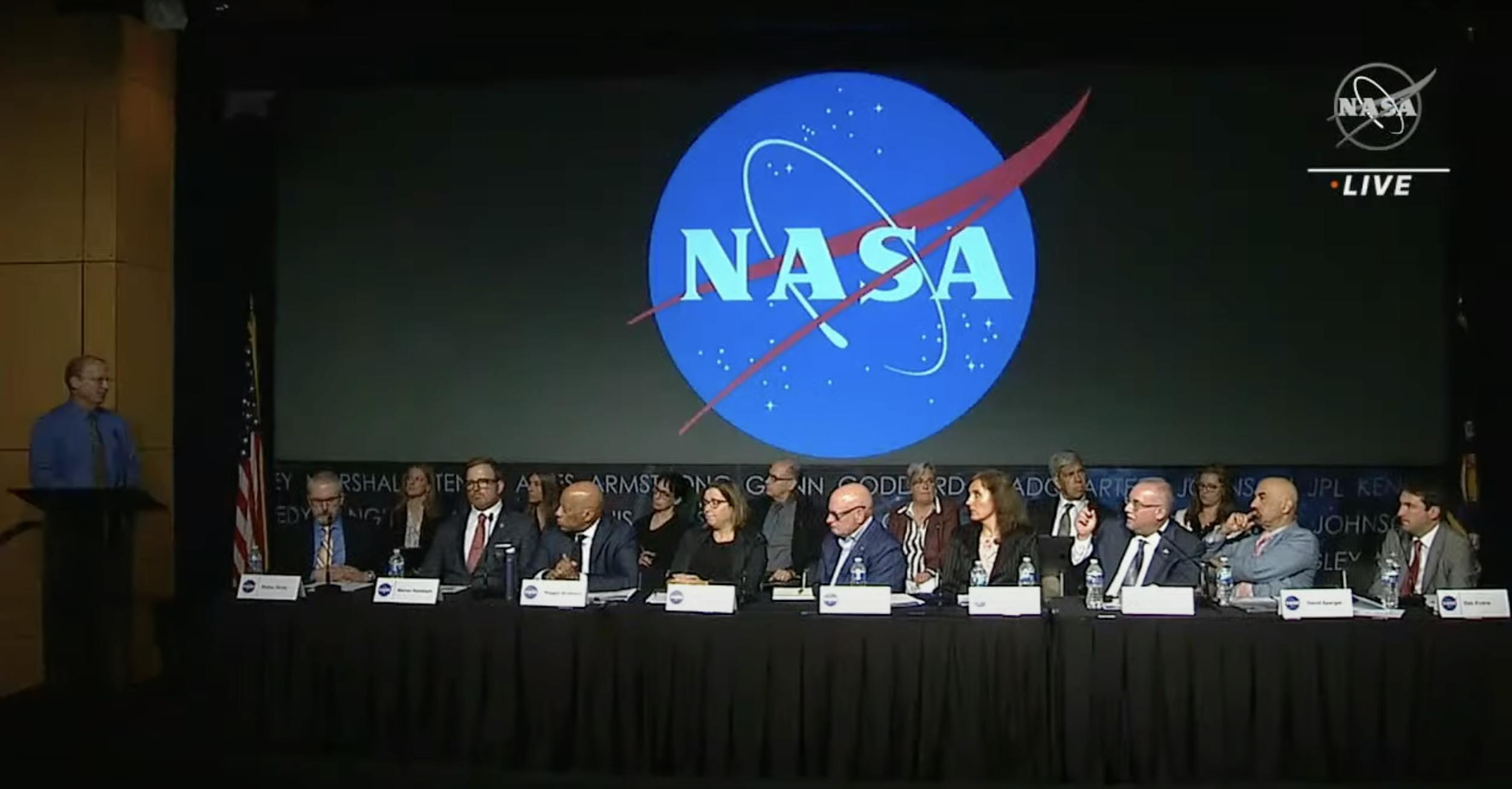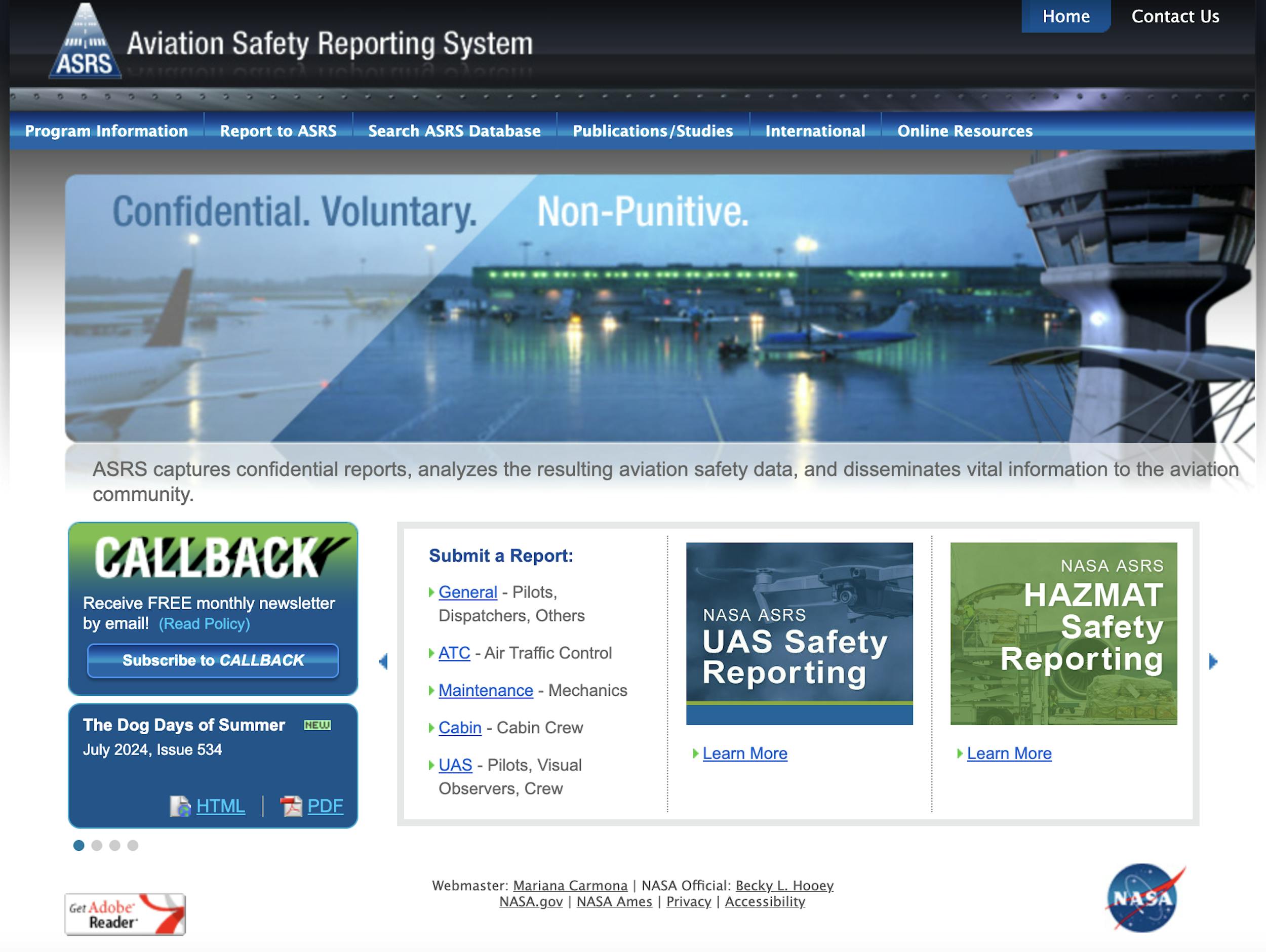

Enigma Hits Oshkosh 2024 – the latest from our whirlwind visit to Aviation’s mecca
Every July, the Experimental Aircraft Association (EAA), an international general aviation organization based in Oshkosh, Wisconsin, organizes the largest air show in the world.
This year, Oshkosh hit all time records, with 686,000 attendees. We were excited to attend Oshkosh for a second year in a row. This event is super important to us as a team, enabling us to connect with aviation enthusiasts and pilots, and share our insights on the state of aviation safety and UAP.
In 2023, we talked to a lot of pilots and ran a survey to learn more about their UAP experiences. The results were surprising:


F-22 flying over our the Enigma booth at the 2023 EAA AirVenture
This year, Enigma gave a talk to a packed crowd. It was standing room only, with lots of enthusiasm and questions from the audience. Many pilots stayed after the talk to share more about their personal sightings and to ask where they should officially report UAP. Below you’ll find a summary of what we shared in the talk at Oshkosh:
Why Pilots are Critical UAP Observers
Pilots are one of the most important sources for UAP reports. As trained, credible observers, we rely on them to report any unusual aerial activity, especially anything that could pose a national security or aviation safety issue.
It was a pilot incident that catalyzed the public’s and U.S Congress’ newfound interest in the UAP topic. In 2004, during training exercises off the coast of San Diego, radar operators with the USS Nimitz Aircraft Carrier Strike Group observed odd readings of objects moving strangely within the secured training airspace. On November 14th, two F-18s were asked to intercept an identified object that appeared on radar. The pilots, Commander David Fravor, Lt Alex Dietrich, and their weapon systems officer, observed a 40-foot wide, white, “Tic Tac” shaped object moving very fast that “appeared to respond in a way we didn’t recognize” and that “didn’t appear to have any flight control surfaces or means of propulsion,” according to Dietrich. When Fravor attempted to move toward the object to get a close visual, it ascended rapidly and disappeared from view.
The event was featured in a New York Times article in 2017, and the two US Navy pilots of the F-18s, Fravor and Alex Dietrich, an Enigma advisor, have done several TV interviews since. You can read more about the Nimitz event in our library.

Former Navy fighter pilots Alex Dietrich (left) and David Fravor discuss their UAP encounter on 60 minutes.
In response, in 2019, the U.S. Navy announced it takes UAP reports seriously and drafted new guidelines for UAP reporting. The Pentagon’s All-domain Anomaly Resolution Office (AARO) was stood up, tasked with collecting and analyzing UAP reports, and created an online report form that military personnel can privately report to.
Chicago O’Hare – An Airport UAP Incident Case Study
The Chicago UAP incident was an important moment in aviation safety, highlighting the importance of a mechanism for pilots to easily report aerial objects. According to United Airlines employees who observed the UAP and spoke to press, on November 7th 2006, “A flying saucer-like object hovered low over O’Hare International Airport for several minutes before bolting through thick clouds with such intense energy that it left an eerie hole in overcast skies.” (Source: Chicago Tribune.)
The FAA and United Airlines both denied any knowledge of the incident. Fortunately, Chicago Tribune travel reporter John Hilkevitch dug deeper.
After Hilkevitch submitted a Freedom of information Act (FOIA) request for more information, he found that the FAA said that the airport control tower did in fact receive a call from a United employee. However, the FAA said they concluded the object must have been weather phenomena and no further investigation was being conducted. United Airlines continued to deny knowledge, despite the audio between United employees and the control tower eventually becoming public:
Some of the witnesses, interviewed by the Tribune, said they were “upset that neither the government nor the airline is probing the incident,” and that “whatever the object was, it could have interfered with O’Hare’s radar and other equipment, and even created a collision risk.” These concerns were valid.
Fast forward 18 years to the present day. Despite incidents such as Chicago O’Hare, and the fact that the Pentagon and NASA agree that UAP pose a threat to aviation safety, there is still no official reporting structure. Many of the pilots we spoke to at Oshkosh expressed clear concerns.
Commercial and Civilian Pilots Still Face Obstacles Reporting UAP
On May 31, 2023, the National Aeronautics and Space Administration (NASA) held a public panel discussion on UAP which included the Federal Aviation Administration (FAA). FAA presenter Mike Freie of the FAA Air Traffic Surveillance Services Office was asked by a panelist, “If I am a pilot, and I see a UAP, where do I go?”
Freie answered, “I don't know the answer to that question. I am familiar with the process from a controller perspective, and how controllers do their job. I don’t know the answer to the question from a pilot perspective.”
This was a startling response for the panel. Freie noted that air traffic controllers have a process, and said they receive “three to five reports a month,” but was unsure if AARO received those reports.

The FAA’s Mike Freie (far left) of the FAA Air Traffic Surveillance Services Office presenting to the NASA UAP Study Team’s live panel on May 31, 2023. Credit: NASA
According to AARO’s website, “Civilian pilots are encouraged to promptly report UAP sightings to air traffic control. AARO receives UAP-related Pilot Reports (PIREPs) from the Federal Aviation Administration.” However, on the FAA website, confusingly, PIREPs are defined as “Pilot Weather Reports” and there is no mention of using it for UAP.
There are instructions for pilots on reporting UFOs on the FAA website, but they recommend pilots report to an old non-profit and suggests they contact local law enforcement “if concern is expressed that life or property might be endangered.”

Despite a lack of clear instructions for reporting, many pilots do take it upon themselves to report UAP in other ways, using existing systems like ASRS, a joint project between the FAA and NASA. They often report unidentified objects as drones:

One of the issues with ASRS is that UAP are not listed in the types of aerial object reports they are collecting. There is also no public information about what happens to these reports after they have been submitted, and whether they have been analyzed or taken seriously, or whether the system is in fact, an administrative black hole.
Another system pilots occasionally use for UAP reporting is the FAA’s UAS (drone) reporting system. The FAA makes these historical UAS sighting reports available to the public to read.
How often are UAS (drones) and UAP confused?
In an effort to explore whether UAP are being reported as UAS, researcher Ralph Howard took the most recent samples of FAA’s drone reports, from July 2020 to March 2021, and analyzed the characteristics of the 1,235 relevant reports. He presented his paper on his findings, and here are some of the conclusions:
- 93% (1,144 of the 1,235 reports) flew above the FAA legal limit of 400 feet (ft)
- Close approaches occurred in 20% of cases (241 reports). Nine incidents required the pilot to take evasive maneuvers, and in six, near-miss air collisions were reported
- Very few reports described shape and color (13 reports). These 13 reports of shape included unusual descriptions as “elliptical, silver-colored drone,” “shiny chrome, oval shaped…” and “medium-sized, bubble-shaped UAS.” 7 reports cited “round, spherical or oval shapes”
Howard concluded that, “attributing all UAS sightings to drones is problematic in view of the legal and technical difficulties of effective drone performance at high altitudes, such as steady winds, decreasing temperatures below freezing, and the difficulty of control at great distances.”
Conclusion
It is clear from the history of pilots and UAP incidents, that a clear mechanism for commercial and civilian pilots to report UAP – not UAS – is necessary. This is why we take what we do at Enigma Labs so seriously. Data collection and analysis are essential to supporting aviation safety, and pilots are excellent witnesses and voices of authority. It is important for us to continue to collaborate with the aviation community and prioritize their aerial reports.
If you would like to help support this effort, please find a one pager downloadable flyer for pilots here. Please spread the word, and reach out to us if you’d like to be actively involved as an aviation influencer or thought leader.
And whether you’re a pilot or a passenger, stay alert and keep your eyes on the skies. If you see something you can not explain, download the Enigma app or submit a sighting online. Android user? Sign up for our waitlist to get notified of updates!
Thanks for doing your part of keeping aerial awareness a top priority.